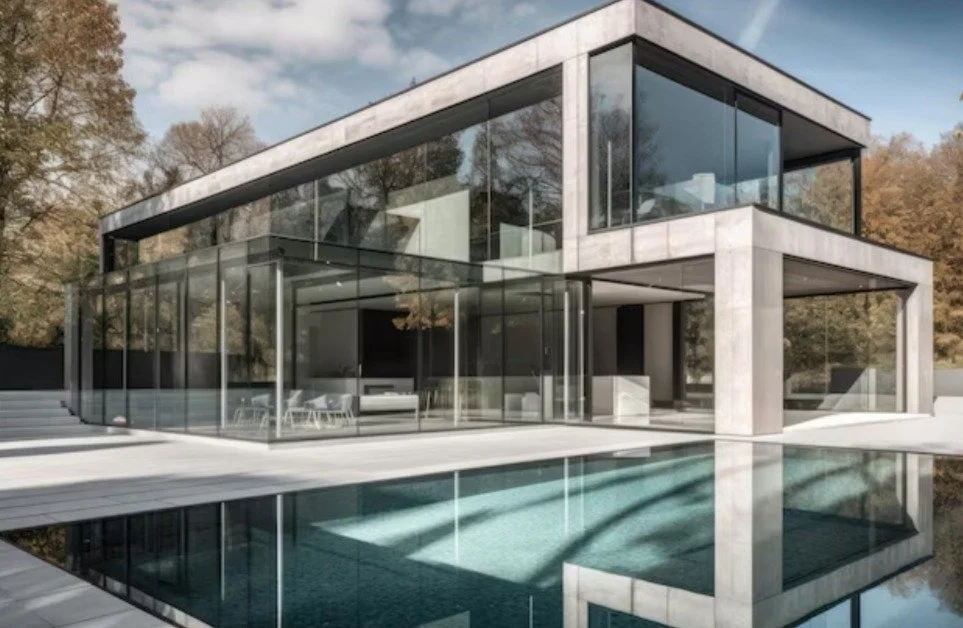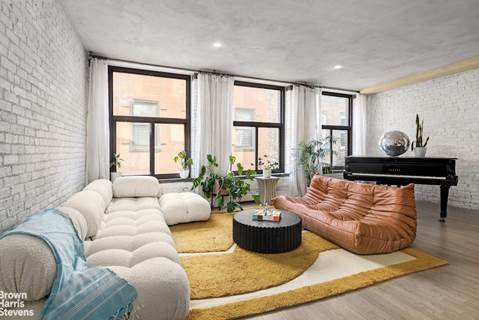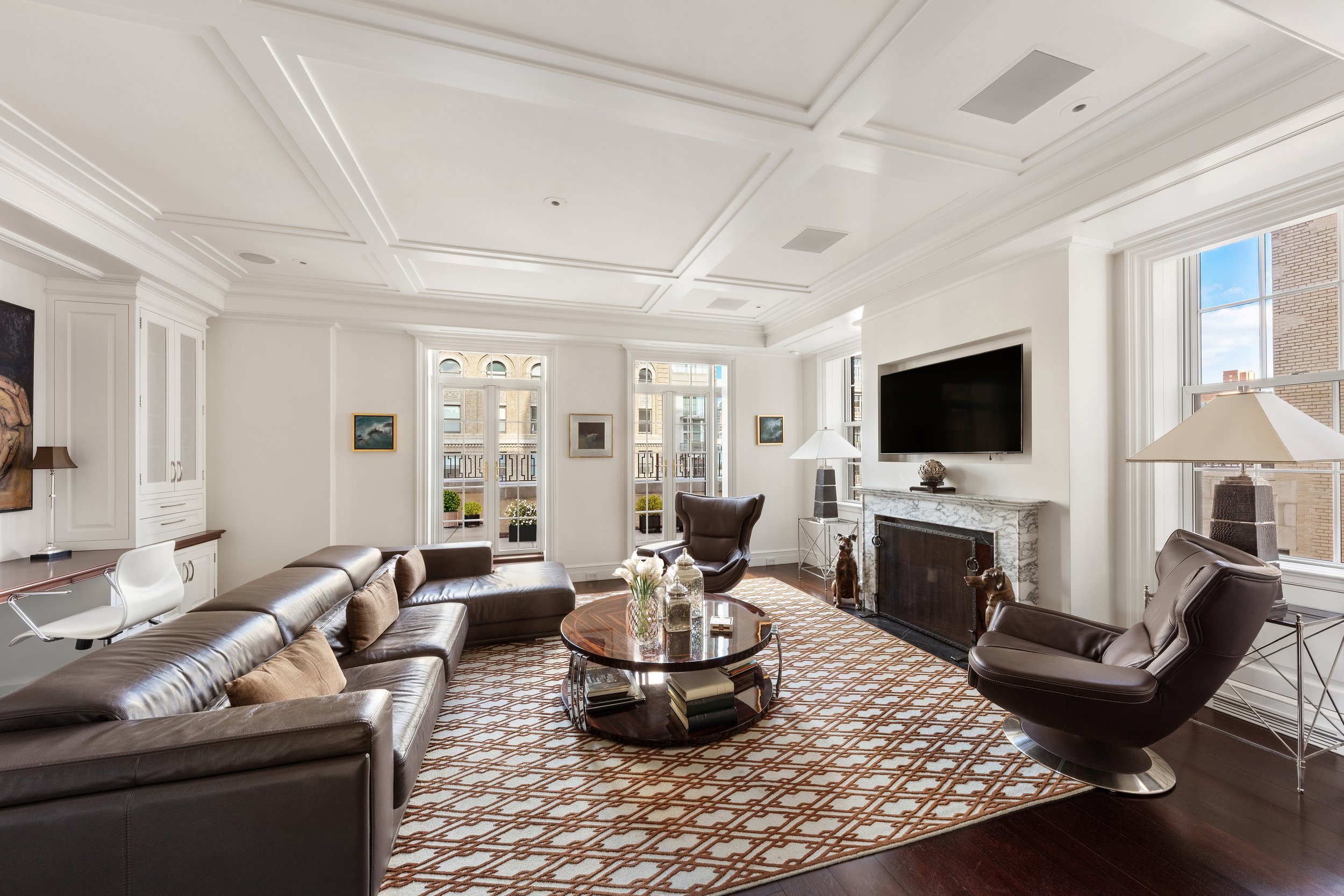From Phones to Buildings: The Diverse Applications of Tempered Glass
In the world of material science, few substances have as much versatility and widespread use as tempered glass. Produced by a process of extreme heating and rapid cooling, it boasts strength and safety that have led to its adoption in a multitude of applications. Indeed, from the sleek mobile devices that fit in our pockets to the towering skyscrapers that define our cityscapes, tempered glass plays a crucial role.
Pocket-sized Strength: Tempered Glass in the Evolution of Mobile Device Protection
In the realm of mobile device protection, tempered glass has emerged as a true game-changer. The introduction of the smartphone, with its touch-sensitive screen, necessitated a material that could withstand the rigors of daily use without compromising aesthetics or functionality. Tempered glass, with its impressive durability and transparency, fit the bill perfectly.
Recognizing these advantages, every tempered glass supplier started offering tempered glass screen protectors. These ultra-thin, highly durable layers of protection have become the preferred choice for safeguarding the vulnerable screens of smartphones, tablets, and other touch-based devices. Unlike their plastic counterparts, tempered glass screen protectors not only resist scratches but also absorb impact, thereby preventing damage to the underlying screen.
But the application of tempered glass in mobile devices is not limited to screen protection. Many high-end smartphones now feature backs made of tempered glass, providing a premium look and feel. Moreover, this material's ability to be molded into various shapes has enabled the creation of devices with edge-to-edge screens, offering users an immersive viewing experience.
Automotive Armor: Enhancing Safety and Aesthetics with Tempered Glass in Cars
When it comes to automotive applications, tempered glass has a significant role to play. For decades, it has been used in car windows due to its safety characteristics. In the event of an accident, tempered glass shatters into dull-edged fragments rather than sharp, dangerous shards, reducing the risk of injury.
However, the use of tempered glass in vehicles extends beyond safety. Its aesthetic appeal has led car manufacturers to incorporate it in sunroofs, giving passengers panoramic views of the sky. In luxury cars, tempered glass is even used in the instrument cluster and infotainment system, adding a touch of sophistication to the interiors.
Innovation in the automotive industry has also seen the advent of smart windows made from tempered glass. These windows can darken or lighten at the touch of a button, providing privacy and reducing glare. With the rise of electric cars, some manufacturers are exploring the potential of solar control glass, a type of tempered glass with a thin layer of solar cells, capable of generating electricity to power the vehicle's systems.
Commercial Structures: Tempered Glass's Contribution to Modern Building Façades
The modern skyline is a testament to the versatility of tempered glass. This material's strength, safety, and aesthetic appeal have made it a popular choice for building façades. Commercial buildings, in particular, have embraced tempered glass to create impressive exteriors that capture attention.
For architects and developers, tempered glass presents an opportunity to achieve design ambitions without compromising on safety or functionality. It can be used to create large, uninterrupted surfaces, allowing for maximum natural light penetration and offering unobstructed views of the surroundings. Moreover, its resistance to wind pressure and temperature changes makes it ideal for high-rise buildings.
Tempered glass also contributes to sustainability in building design. With the right coatings, it can improve a building's energy efficiency by controlling heat gain and loss. Additionally, its transparency can reduce the need for artificial lighting, further conserving energy. For these reasons, many tempered glass suppliers have seen a surge in demand from the construction industry.
Public Spaces Safeguard: Tempered Glass in Urban Design and Infrastructure
Public spaces, from bus shelters to stair railings, also benefit from the use of tempered glass. Its robustness and safety features make it an excellent choice for urban infrastructure that needs to withstand heavy use and exposure to the elements. Besides, its transparency allows for clear visibility, contributing to the sense of openness in public spaces.
In urban design, tempered glass is used in pedestrian bridges, allowing people to feel like they are walking on air. Its application in observation decks of tall structures offers breathtaking panoramic views. Moreover, it is increasingly being used in public art installations, adding an element of modernity and sophistication to urban landscapes.
Furthermore, tempered glass's role in public safety cannot be overlooked. It is used in fire-resistant doors and partitions, helping to contain fires and prevent their spread. In sports arenas, tempered glass forms the protective barriers that keep spectators safe from flying balls or pucks.
In conclusion, tempered glass, with its unique combination of strength, safety, and aesthetic appeal, has diverse applications that touch almost every aspect of our lives. Its use in mobile devices, cars, buildings, and public spaces underlines its versatility and importance. As technology and design evolve, one can expect the tempered glass supplier industry to continue innovating and expanding the applications of this remarkable material.






